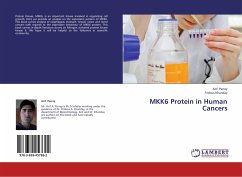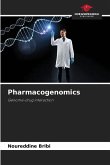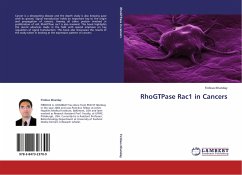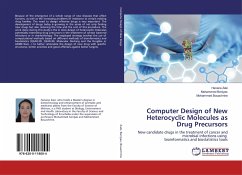Wnt/Wingless pathway dysregulation leading to -catenin stabilization, a central downstream component is widely associated with Intestinal carcinogenesis. Majority of tumors arise as a result of mutational inactivation of tumor suppressor gene Adenomatous Polyposis Coli (APC). This study identifies alternative mechanism of -catenin stabilization in tumors that lack APC mutations. Tumor known to lack APC mutations, small bowel cancers and early age of onset colon cancers were analyzed. Both tumor groups demonstrates large genomic deletions in the -catenin gene CTNNB1 resulting in an in frame loss of large N-terminal domains. Mutations with a different extent of N-terminal deletions display a different accumulation pattern. Inspite of identical mutational types; the accumulation pattern differs between tumors from the large bowel and the small bowel indicates both intestinal segments to differentially regulate -catenin. Presence of these mutations in genomic stable tumors further suggests an as yet poorly characterized tumorigenic pathway in which large scale -catenin mutations play a dominant role.








